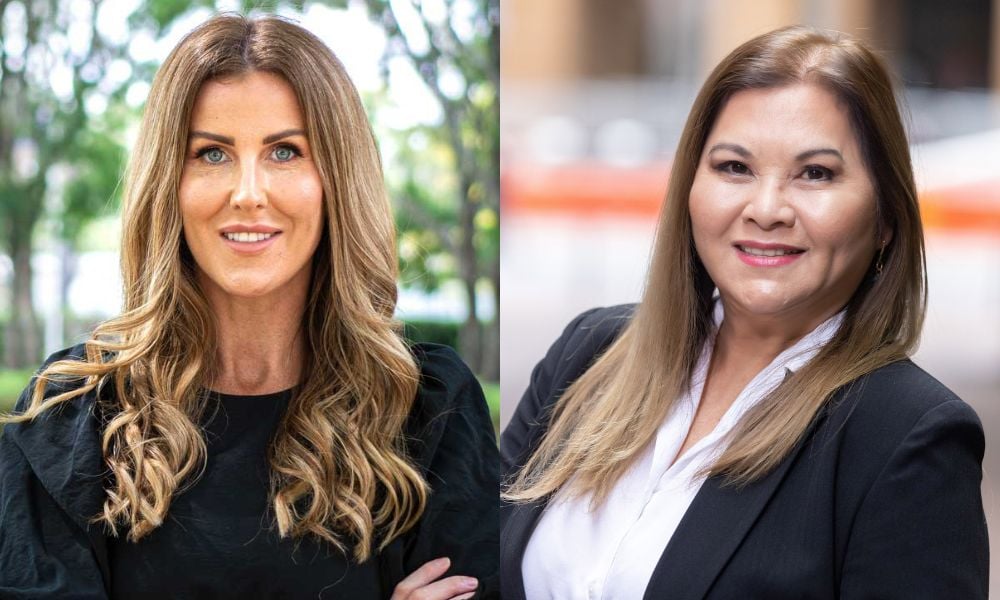Demand from owner-occupiers, investors 'strong', says brokers

Demand for new housing loans has started to pick up, while refinancing activity continues to truck upwards, the latest Australian Bureau of Statistic lending figures show.
March ABS lending indicators, released on Friday, show new loan commitments for housing were up 4.9% over the month (down 26.3% year-on-year), at $24 billion.
The value of refinancing came in at $21.2bn, up 6.5% over the month and up 28.5% year-on-year.
Brokerages Two Birds One Loan and Zinger Finance say that the figures reflect what is happening within their respective businesses, and that they are seeing strong demand for residential and investor lending.
Over the March month, lending to owner-occupiers was $16bn, up 5.5%, and lending to investors was $8bn, up 3.7%.
The March figures follow a 0.9% fall in new loan commitments for housing in February, when the value of refinancing was $19.9bn.
Two Birds One Loan managing director and finance broker Alissa Childs (pictured above left) told MPA that her business had experienced “strong numbers” in owner-occupier lending.
So far this year, 71% of new applications received were for owner-occupiers, she said.
Commenting on the monthly and annual rise in the value of refinancing, Childs said that her business had seen an uplift in refinance enquiries, particularly in the last six months.
“This is driven by people coming off fixed rates, and lenders doing out of cycle increases for existing clients,” Childs said.
Childs, whose business is based in the Hills District of Sydney, said the level of enquiry from both first-home buyers and existing owner-occupiers remained strong.
Couples in the region find it easier to purchase properties than those who are single. Childs said singles tended to be affected by assessment rates and borrowing capacity with only one income.
“We are assessing plenty of people looking to upgrade their owner-occupied home,” Childs said. “Most [clients] come to us hoping to retain their existing place as investment; however, it is rarely affordable on the current rates and given current property prices in our region (Hills District Sydney), which have not dropped significantly.”
Head of Zinger Finance Rose Renouf (pictured above right) summed up investor demand for new lending over the last couple of months as “very strong”.
Most properties purchased by Zinger Finance clients typically have an 8% to 10% yield, Renouf said. Given that inflation is still high (7% according to ABS March figures), property remains an attractive option as opposed to other investments, such as shares, she said.
“We recommend that clients concentrate on established property (as due to construction costs, off-the-plan and new build properties are more costly), and that they concentrate on a $100,000 to $400,000 purchase price,” Renouf said.
After an 11th cash rate rise this month, Renouf said the general consensus among investors was that interest rates were close to the peak, and at some point, they would decrease.
“Investors are not shy of buying at the moment because they are hoping interest rates will go down and they’re buying in a dip,” Renouf said.
Renouf, who works with owner-occupier and investor clients, said that demand for refinancing was strong for two reasons – the significant number of fixed-rate rollovers, and growing demand from investors to release equity.
As clients roll off lower fixed rates, commonly referred to as the “fixed-rate cliff”, Zinger Finance undertakes pricing approvals to obtain a discount on their revert rate (the rate the client will receive after their fixed rate expires), she said.
Clients also want to top up their lending on their owner occupier or investment property, to free up cash to add to their property portfolio, she said.
“Professional investors are still going strong … rental income is high, and purchase prices overall have not increased,” Renouf said.
Renouf said that investors were well-versed with changes in the property cycle and tend to take a long-term view. As a mortgage broker, Renouf said that her job was to educate borrowers on the market changes that can happen in a typical 30-year loan term, and to ensure they can service the loan.
“There are times when interest rates go up and go down … over a 30-year term, borrowers can expect both good and bad times,” Renouf said.



